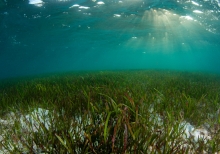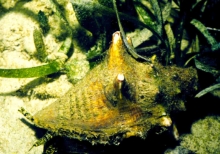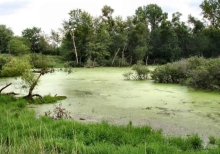You Can Prevent Nutrient Pollution
Nutrient pollution occurs when too much nitrogen or phosphorus enters a waterway, and is often caused by human activities. This can harm the waterway and aquatic life, and produce unsightly and sometimes harmful algal blooms. Do your part to protect our waterways from nutrient pollution.





